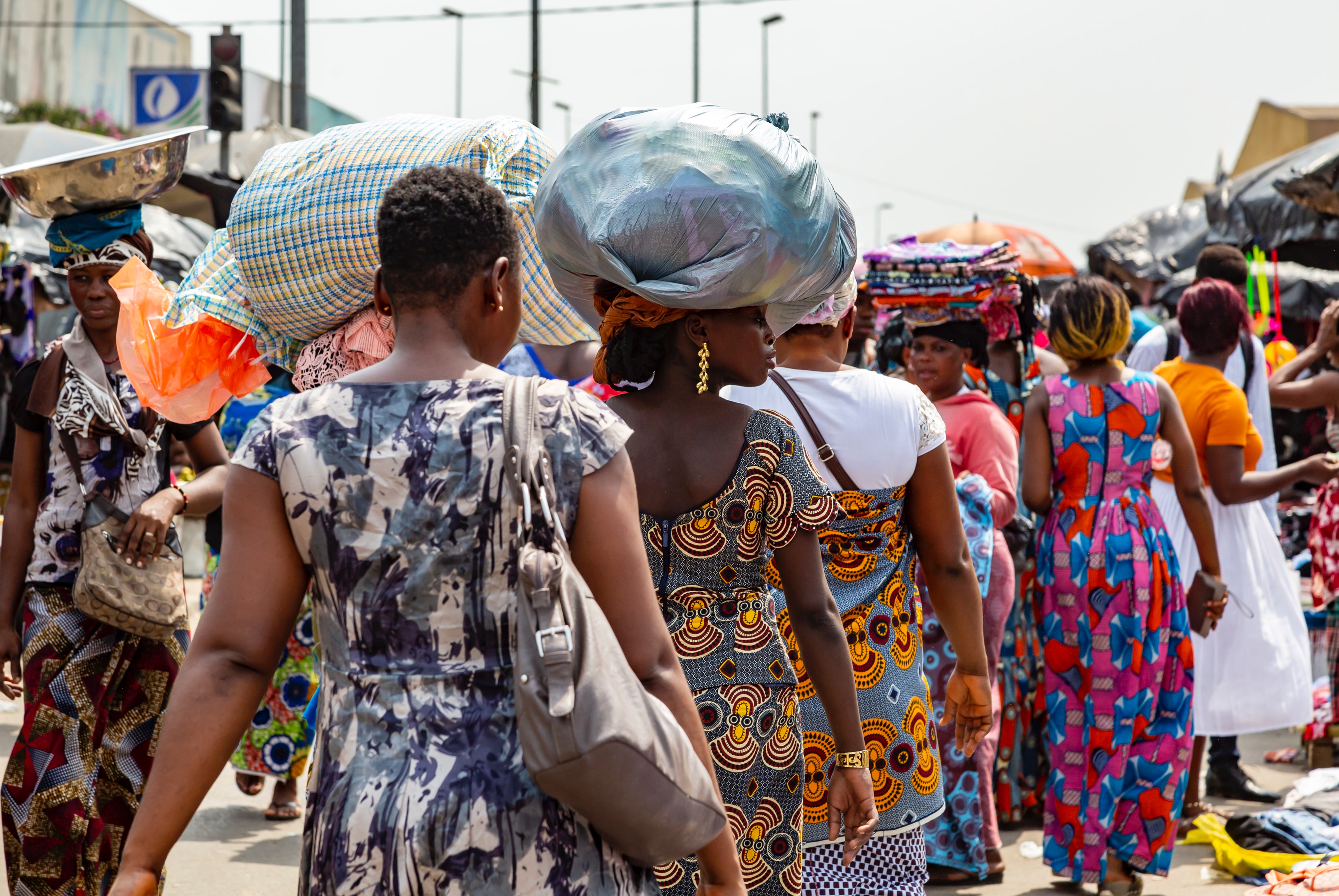Bouaké commits for climate and launches the diagnosis phase of its Sustainable Urban Mobility Plan

With an official population of between 600,000 and 800,000 (2014) across its metropolitan area, Bouaké is the second most populated city in Ivory Coast after the economic capital Abidjan.
The city, whose population is significantly growing, started its Sustainable Urban Mobility Plan last March. The objectives are improving the mobility conditions of its inhabitants, and making their journeys safer in a city facing important road safety issues. After its launch, the project is now starting its second phase: the diagnosis of the local context.
Bouaké: a city dominated by informal transport
Public transport in Bouaké is essentially the result of private initiatives, in the absence of a public collective transport service for several years. The most common means of transport are motorcycle taxis, taxis and gbaka (typical collective vehicles that have a capacity of around 20 people and which follow a low price strategy to compete with taxis and motorcycle taxis). One of the other particularities of Bouaké is the common use of household gas as fuel by vehicles, which represents a great danger for the drivers and passengers of the vehicles.
It is nevertheless expected that Sotra, the Abidjan public transport operator, will deploy very soon in Bouaké to offer a bus service to facilitate and secure the movement of pupils and students. Led by the Ministry of Transport of the Ivory Coast, this project will have to be coordinated with the current operators for the construction of an inclusive, efficient and secure urban transport system.
The importance of road safety issues
The city of Bouaké faces major problems related to travel safety, which results in many accidents - sometimes serious, even fatal. This mainly affects the most vulnerable populations: pedestrians and motorcycles which circulate in large numbers in the area. In parallel with this diagnostic phase, a research project led by the Research Institute for Development (IRD) and Ouattara University in Bouaké is being deployed with the aim of mapping road safety black spots. This mapping will feed into the PMUD's recommendations in order to make travel not only more sustainable, but also more secure.
Strengthening local public actors in the mobility and transport sectors
The Bouaké Sustainable Urban Mobility Plan aims to strengthen skills at the level of the town hall. The project will thus enable local representatives to monitor the project and master questions of modeling, data collection and the principles of management and financing of public transport. At the strategic level, the City Council will be able to appropriate and define a mobility policy by further articulating the issues of multimodality, the existing links between vulnerable groups and mobility, and between transport and urban planning.
What can we expect from the Bouaké Sustainable Urban Mobility Plan after these first steps? A global vision and action scenarios for the city's transport and mobility infrastructure, which will bring together the different institutional levels and above all can meet the needs of the population. Stay tuned to continue to follow Bouaké's path towards sustainable urban mobility!
Credits:
Author: Elena Tanzarella *. Information collected by Vincent Larondelle * and Elena Tanzarella * from Philippe Calvie ** and Mathieu Sarda **. Thanks to Sofia Martin Puerta *** and Valentine Monnier ***
* Global MobiliseYourCity / Codatu Secretariat
** Egis Consulting
*** French Development Agency